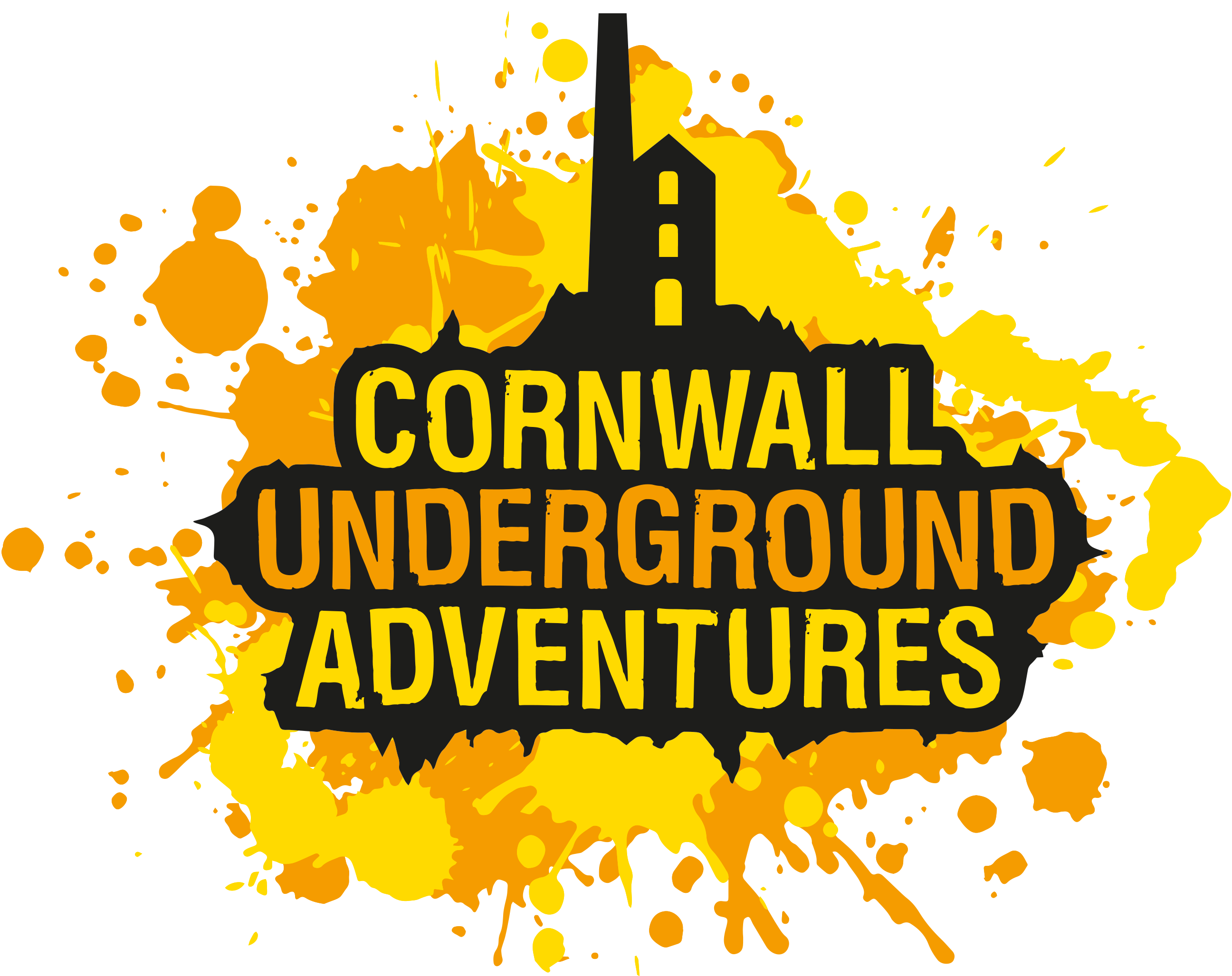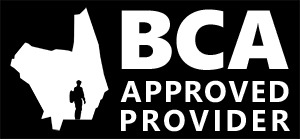There's Many Reasons You Should Take an Underground Adventure in Cornwall!
There’s no doubt that what we offer at Cornwall Underground Adventures is a little different from the other activities on offer in Cornwall. In fact, we are the only people offering adventurous mine exploration trips in the south of England! However, visitors and local people alike, may not immediately think of taking an excursion underground as an obvious choice.
Mine Exploration - The Original Cornish Tourist Attraction?
Long before surfing, coasteering and kayaking became the staple activities that they are today, Cornwall’s mining industry had created a tourist attraction bar none in the nineteenth century. The iconic engine houses of the Crowns Mine at Botallack, perched precariously on cliffs just above the sea, had gained a reputation, far and wide, as an attraction worth making the long journey to Cornwall for.
As well as marvelling at their dramatic and beautiful location, visitors were able to visit the deep workings of the mine. Many found great sport in riding the tram down Boscawen inclined shaft to access the levels extending out beneath the seabed. So notorious was this attraction, the story even found itself recycled in the bawdy contemporary fiction of the nineteenth century.
The list of visitors was long and distinguished. It included François d'Orléans, Prince of Joinville and his entourage, who visited the mine in 1852, where they broke ore and ‘hauled the winzes’. There was a party from the Russian navy who came, which included two rear admirals. And, last but not least, the Prince and Princess of Wales, later King Edward VII and Princess Alexandra, visited the mine in 1865.
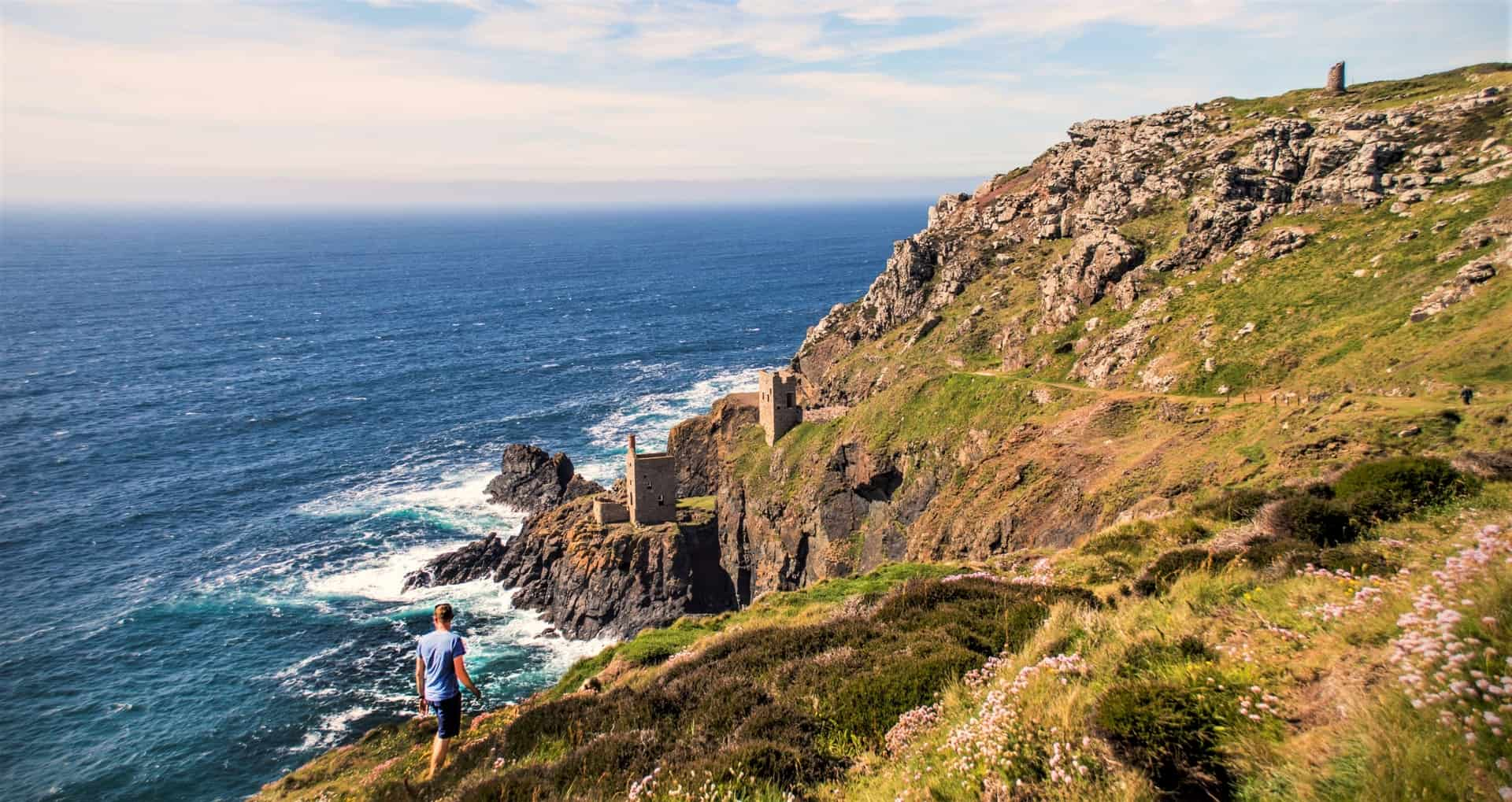
This was a hundred years before the surf revolution of the 60s was initiated, and eventually led to surfing becoming Cornwall’s best-known activity for visitors to try. Going underground at Botallack was a tourist activity over a century-and-a-half before coasteering was first offered to the public at Lusty Glaze in Newquay, in the early 2000s.
Activity is always high on the to-do list of visitors to Cornwall, and Cornwall has more abandoned mines and mining heritage than any other part of the UK. Therefore, our mission at Cornwall Underground Adventures is to put mine exploration on the ‘must do’ list of things to do in Cornwall.
In case you’re not yet convinced of the benefits of taking an underground trip with us, read on. We give you not one, but ten reasons why you should explore a Cornish tin mine.
1. Build Your Self-Confidence and Bravery
Whether simply entering the first tunnel and leaving daylight behind is a challenge for you, or you’re aiming to climb through the chasms on the Underground Adventurer, it’s perfectly natural to view it with some trepidation. Will it be scary? Am I fit enough? Is it dangerous? Part of the appeal with any adventurous activity is facing a challenge, and coming out the other side successful. The chances are, you will have had a great time too.
If you’ve never been on a caving or mine exploring trip before, congratulations! You’ve just faced some new challenges and maybe conquered some small fears. Like many things in life, mine exploring is not as scary as you think, and once you’ve gotten into it, you will forget any fears you may have previously had. By the time you’ve finished, you will have a satisfying feeling of accomplishment.
Mine exploration and caving are not the preserve of ultra athletes and are open anyone with a reasonable level of fitness. That being said, you can expect a good workout from a few hours underground. That might be more important than ever, on a holiday chocked full of pasties and cream teas!
2. Escape Modern Life and Find Mindfulness Underground
Terms like ‘mindfulness’ have become increasingly popular lately and there are no shortage of bloggers and salesman trying to dine out on this latest trend. However, the benefits of the mindfulness that comes with adventurous activities has become well established. A plethora of adrenalin sports, from big-wave surfing, BASE jumping, and free solo rock climbing, have been identified as having mindful properties. Whilst our underground tours are not that extreme, all things are relative, and we would certainly hope that you would find one of our underground trips an exciting, adrenalin-filled experience.
So, in what way are these activities mindful? When immersed in adventurous activity, it doesn’t so much demand our full attention, as we willingly give it anyway. We become fully immersed in the activity, with all of our focus and attention on the present moment, and voila, we have attained mindfulness.
Applying this to some examples from our underground Cornish mine explorations, this is likely to be the case when carefully negotiating the narrow tunnels of the Underground Explorer. We guarantee it will be the case when ascending the ‘Spacewalk’ traverse of the Underground Adventurer, focusing carefully on your foot placements on the steel rungs, and maintaining your balance as you totter higher and higher up the stoping.
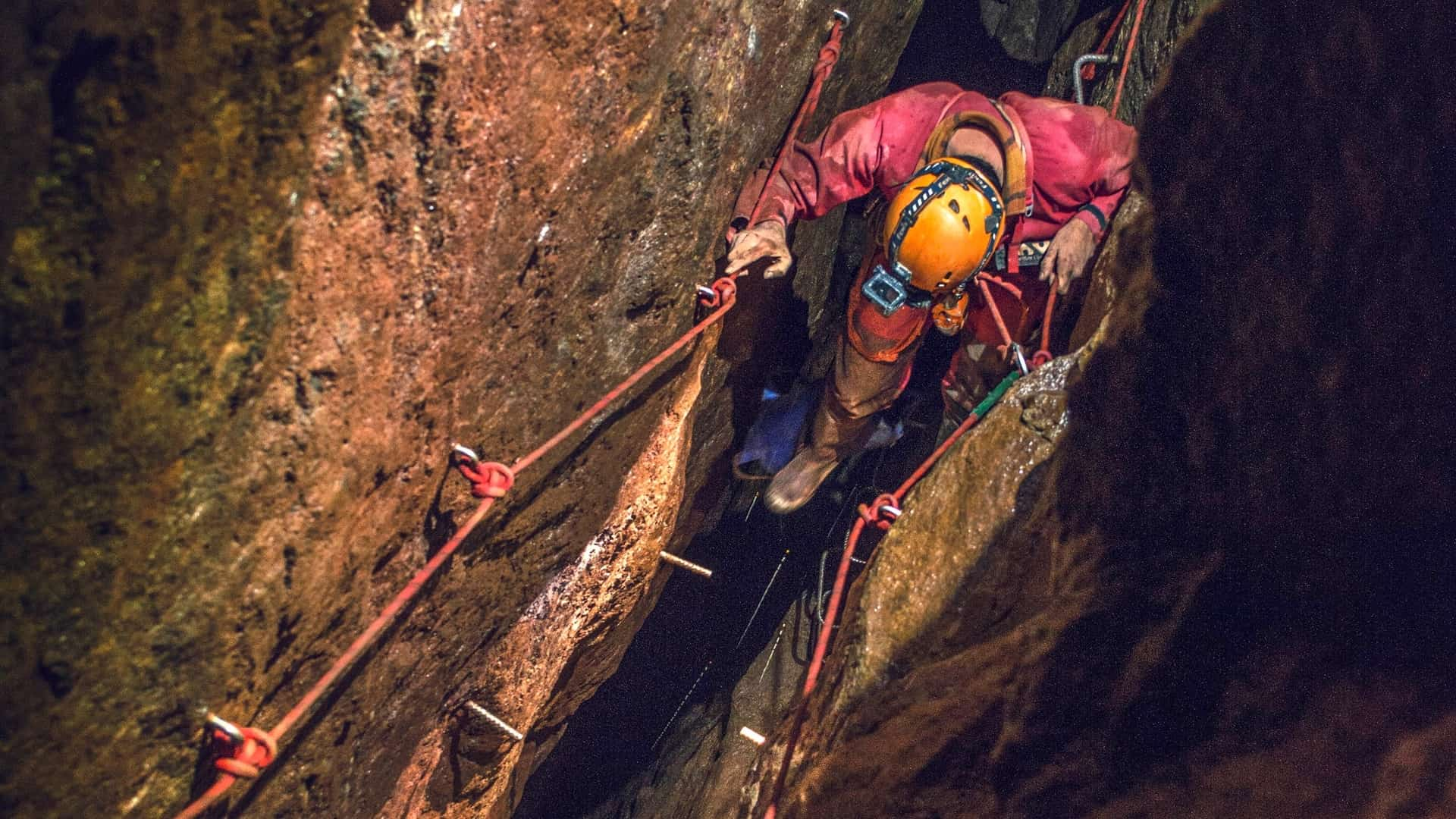
Mindfulness isn’t only achieved through extreme activity. There’s also the calmer, more zen-like mindfulness on simply pausing, being in the moment, and being fully immersed in your surroundings. The underground is a perfect place to take a pause from the world above. In the darkness below grass, time has no meaning, and the tribulations of our daily lives quickly become forgotten.
There’s so much to take in in this new environment. As you adjust to the darkness and take in your new surroundings, you will notice the texture of the rock walls, whether they have been hand-picked, or blasted out by the miners. The humble granite of our mines reveals itself in an infinite palette of colours and textures. Marvel at the colourful mineral flows we may encounter, where a tiny universe exists in the complex flows, all the result of aeons of dripping water depositing minerals on the rock surfaces. We notice the gentle drafts moving through the mine, or even the deep rumbling of the sea on a stormy day – the only reminder of the world outside.
In between the more intense moments of activity on our underground trips, we take plenty of time to enjoy our environment. We get the chance to shift things down a gear or two and fully take in our environment. We’ll even take some time to turn out all the lights and spend some time experiencing the absolute darkness rarely encountered in our daily lives.
The results are clear: our guests on our underground trips are fully engaged in enjoying the mine. They don’t even notice it at the time, but they are completely mindful. No one mentions life above ground, and it’s a perfect way to escape from the troubles above grass for a few hours.
3. Something for All the Family
It is now recognised that there are many benefits to families engaging in adventurous activities together. In the modern world, it’s not unusual for even the closest families to find little opportunity to actually spend time together. Work, school, and digital screens all too often mean family members have very different schedules and priorities are divided.
Numerous studies have identified various positive outcomes from families spending more time together. These include an increase in confidence and self-esteem for all family members. Children learn parenting skills as mum and dad naturally take the lead during the activity. Teamwork and problem-solving skills are developed, and family bonds are strengthened as the result of a shared adventure together.
With the minimum age for our mine tours starting at just ten years, we offer great family experiences. Our Underground Explorer tour has proven extremely popular with families with younger children, and our Underground Adventurer is the ultimate family challenge for ages fourteen and upwards.
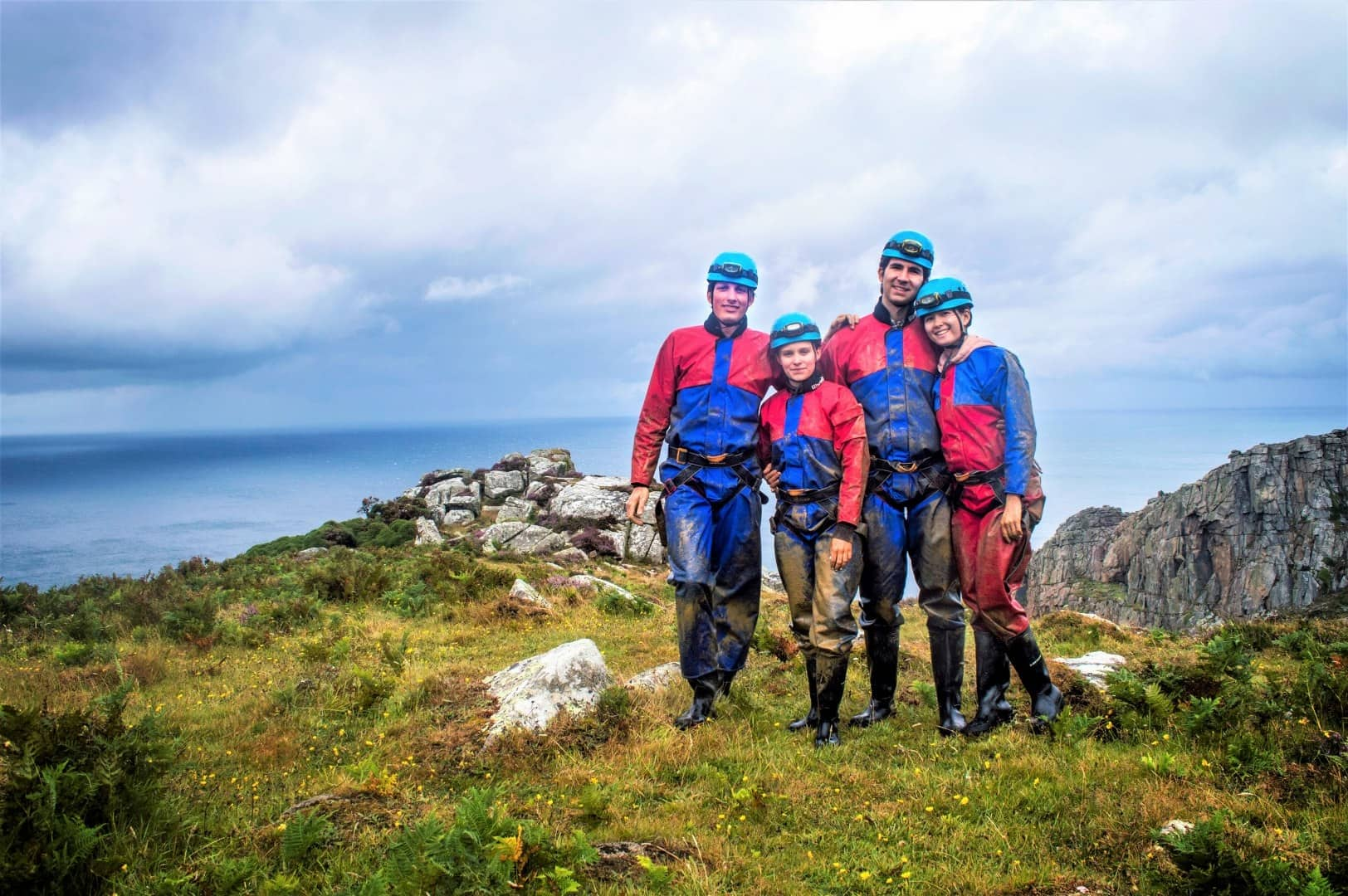
4. Digital Detox
There’s no denying that most of us spend maybe more time than we should engaged with our phones, our laptops, social media, etc. The negative impacts of too much screen time can include disrupted sleep, depression and increased stress levels. Going further, most of us are spending much of our screen time engaged with social media. As a result, many of us are suffering from phenomena such as social comparison and FOMO, or fear of missing out.
Thus, many of us now recognise the value in the occasional digital detox. There’s no better environment to disconnect from technology than underground. Digital detox is not optional on our underground mine tours, it’s unavoidable! It’s no surprise that there’s absolutely no mobile phone signal in a Cornish mine. So, try as you might, checking to see if you’ve been retweeted, or how many people have liked your last Instagram post is going to have to wait until much later on.
Purely by coincidence, we use mines that are also in mobile phone dead spots, so there’s no point hurrying back to the car straight after the trip, if you’re hankering for a fix on your phone. Rather than enforced abstinence from your handheld device, we believe that for the few hours you’re enjoying the subterranean world with us, you’ll be having far too much fun to be thinking about your phone anyway.
5. Learn a New Sport and Have Fun
Caving and mine exploring are fairly niche sports, so most of our guests have never tried them before. Even if you don’t go on to become an avid mine explorer, we’re confident that you’ll enjoy a new experience, and will get a real insight into the sport that we love so much. It’s a unique form of exploration, and it is argued that the greatest amount of exploration remaining on planet Earth is, in fact, beneath its surface.
It’s extremely rewarding to journey to remote underground spaces and, whether you’re the first person to witness it, or simply just the first person that day, it offers an experience like no other. Caving and mine exploring offer many types of activities within them. The most easily accessible underground spaces will be easy walk-in, walk-out trips, that offer few technical challenges.
Our Underground Explorer trip is a good example of this. Much of the mine we explore can be reached by walking only. There are some additional short crawling sections, as well as an optional abseil that gives a glimpse of what more advanced caving trips may entail.
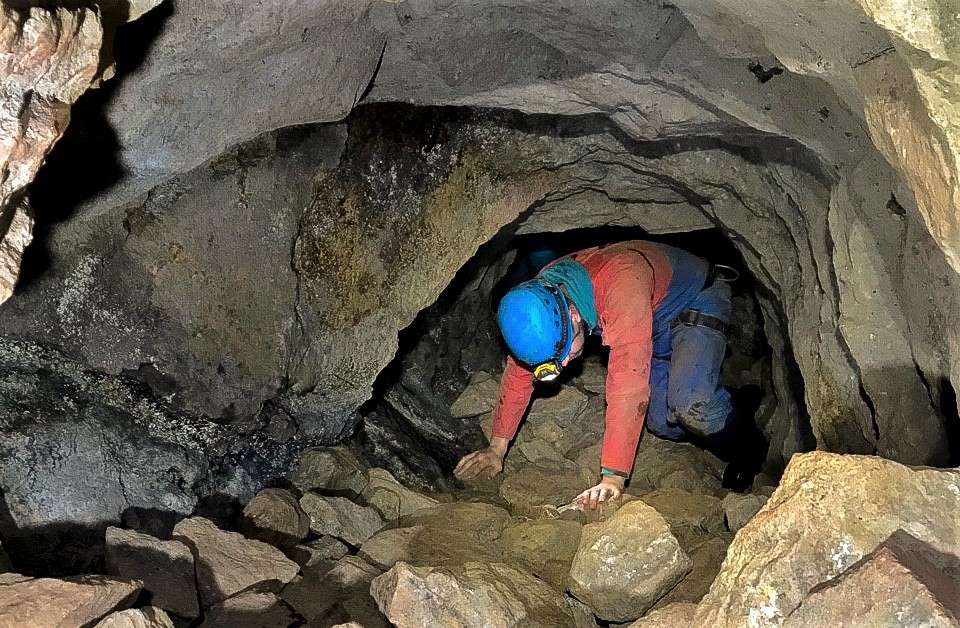
At the other end of the scale, often having great vertical extent, many caves and mines will only be accessible with the use of ropes, such as for abseiling down shafts, traversing over chasms, and other SRT (single rope technique) manoeuvres. This is just the kind of sport we love, and for a taster of the more vertical side of mine exploration, we offer the Underground Adventurer.
Caving predominantly focuses on exploring underground passages eroded by water over the aeons. These underground rivers are mainly found in limestone, which has the relatively unique geological property of being water soluble. This property, as well as allowing for the extensive development of cave systems in the first place, also leads to the myriad formations that many people immediately imagine when thinking about caving. The most well-known of these are, of course, stalactites and stalagmites. The following jargon may only be recognised by cavers, but other formations such as flowstones, helictites, soda straws and speleothems are also common cave formations.
Mine exploration does exactly what it says on the tin. Superficially similar to caves, exploring abandoned mines gives us a chance to experience the underground, often negotiating a labyrinth of cave-like workings. Particularly in metal mines, such as the mines of Cornwall, water leaching minerals through the rock may redeposit these minerals as formations, similar to those found in limestone caves. Thus, we may find stalactites, stalagmites, speleothems, and the whole gambit of formations we associate with caves. In addition, the presence of different metals in these formations can impart vivid colours, and it is possible to see formations in Cornish mines covering pretty much every colour in the rainbow.
The fundamental difference between caving and mine exploration is that mines are entirely man made. As well as providing many of the sporting elements found in caving, they are also museums, preserving the working environments of the miners who created them. Rather than water doing the work of creating the subterranean space, it is men themselves who carved out these spaces, often over hundreds of years. With this comes a vast amount of history, often inextricably linked with the local history of the area in which the mine resides. This leads us on to our next point…
6. Cornwall is THE Place to Explore a Mine
In case you didn’t know, Cornwall has a bit of a name for itself as a rich area of mining heritage. As one of the few sources of tin in Europe, it is likely that Cornwall has been important as a source of metal ores since antiquity. Specifically, it was the presence of tin that was especially prized. Tin was a vital component of bronze, making it a highly valuable metal. Until the Iron Age took hold, bronze was the hardest alloy known to man. The direct evidence for tin mining in Cornwall in ancient times remains unclear, but anecdotal sources indicate that tin extraction could have begun in Cornwall and Devon over four thousand years ago.
Whilst the first date that tin was extracted in Cornwall may never be known, it is known that by the Middle Ages, Both Devon and Cornwall were recognised at the highest level for the importance of their tin production. So much so, that in 1305, King Edward I enacted the Stannary Charter, meaning that tin miners could settle disputes in special Stannary Courts, and were exempt from normal taxation.
As well as being sources of tin, Devon and Cornwall were important sources of other metals. Chief among these was copper, but other metals mined here included arsenic, silver, lead and, more recently, tungsten. As time progressed, Cornwall’s production far outstripped that of Devon, and by the nineteenth century, Cornwall was regularly producing over half of the UK’s non-ferrous metals.
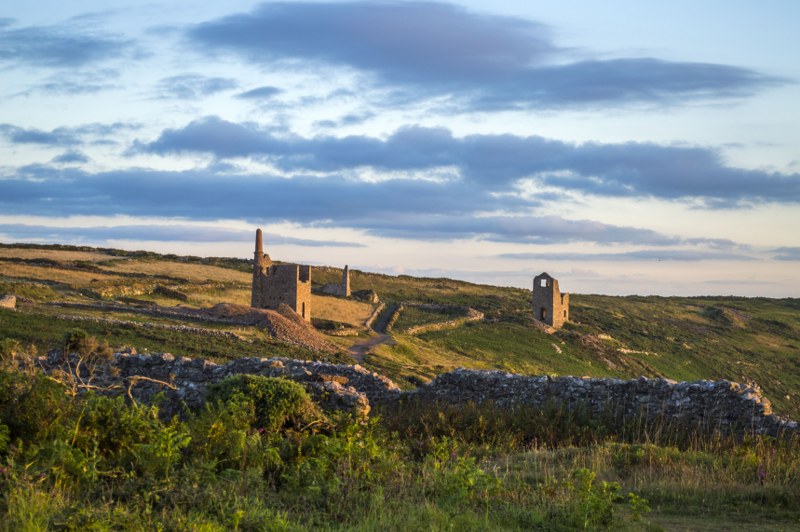
This was a major national industry and in the mid nineteenth century, one in ten Cornish people were working at the mines. As the industry boomed, over 600 engine houses worked tirelessly, pumping water out of the mines, and hauling ore from the depths. Thus, tin and copper mining became woven into the fabric of Cornwall, its landscape, and its people. This link remains strong to this day, and whilst the mines are long since closed, Cornwall is proud of its industrial heritage as a major producer of metals on the world stage.
It’s easy to argue, therefore, that Cornwall’s mining heritage is foremost in the UK. So, if you are visiting Cornwall, or indeed a local resident who wants to connect more with your local history, we strongly feel that a visit to an ancient tin mine is an essential part of any ‘proper Cornish’ experience. We invite you even further; come underground with us, and we can show you the tunnels where the Cornishmen actually worked and see for yourselves the fascinating world they inhabited.
7. Visit Stunning Cornish Coastal Locations
The number one reason that Cornwall draws visitors from all over the UK and beyond is its stunning natural beauty. It’s dramatic beaches and rugged cliffs continue to inspire all who make the long journey west to see them. Locals, far from taking this for granted, are very grateful to have all of this amazing landscape on their doorstep. Even more so in recent times, when getting outside has been difficult, to say the least. Living within a few miles of the beach or the coast path has been invaluable and makes us Cornish folk appreciate our beautiful county even more.
The mines of Cornwall are found everywhere. Some are on the cliffs, whilst others are far inland. We’re lucky at Cornwall Underground Adventures: for all the underground trips we offer, we use mines that just happen to be in stunning coastal locations. So, as well as having a once-in-a-lifetime adventure with us, you’ll also get some stunning coastal scenery thrown in as well.
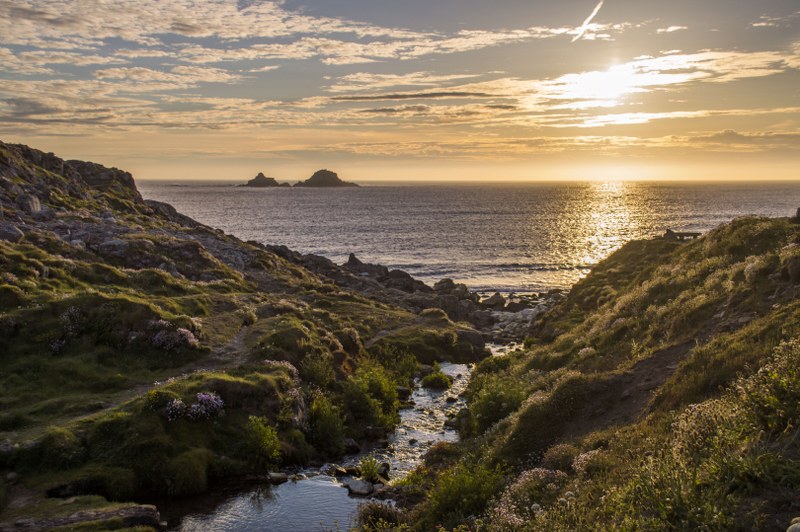
Our mines are in secluded, out of the way locations, that you most likely would not have visited before. And you’ll be very glad you did. Tucked away on the cliffs in hidden valleys, you’ll be thrilled at the dramatic coastline immediately below the mine portal. Hopefully, having visited these locations, you’ll be tempted to stay a bit longer and enjoy a picnic, or explore the Southwest Coast Path and discover some more jaw-dropping corners of Cornwall that you maybe didn’t know about.
We often ask ourselves, did the miners appreciate the beauty of these surroundings as much as we do? I’m sure that they must have done so, after all, they were only human. But we also have to remember that in the peak of the mining industry, the landscape would have looked very different. Much of the land around any mine would have been almost completely covered in rock spoil, creating a very bleak landscape. Machinery and steam engines would have made huge amounts of noise, and added to this would have been the hustle and bustle of workers coming and going, breaking rock and shouting to be heard over the cacophony.
With the majority of Cornwall’s mining industry winding up over a hundred years ago, the landscape has now had a century to recover and transform itself into the ‘unspoilt’ beauty we know and love today.
8. Because Poldark Did It!
In Cornwall, we have recognised the ‘Poldark Effect’. That is, the boost of interest in Cornwall’s mining history, as well as Cornwall in general. The Poldark Effect was coined in the immediate aftermath of the most recent BBC adaption of the series of novels written by Winston Graham. Graham’s first novel was published in 1945, and notwithstanding a hiatus of twenty years, he continued writing books for the series until just a year before his death in 2003.
The 2015 BBC adaption of the saga gave a noticeable boost to Cornwall’s tourist industry, as Poldark fans clamoured to visit locations used in the series. Some canny locals were quick to capitalise on this, and a series of Poldark Tours were quickly arranged, ferrying people around to visit as many of these locations as possible.
But, decades earlier, the first mover in using the Poldark name for marketing effect was the site that contained the 18th century tin mine Wheal Roots. Not being a particularly catchy name, they appropriated, with Graham’s permission, the name Poldark and Poldark Mine remains one of Cornwall’s foremost mining heritage attractions in Cornwall. Using the name, before even the first TV series was made in 1975, was a stroke of marketing genius.
We’ll talk about the actual mines used in the series in another blog post. Some of these mines tell stories arguably more dramatic than any of the tales told in Graham’s books.
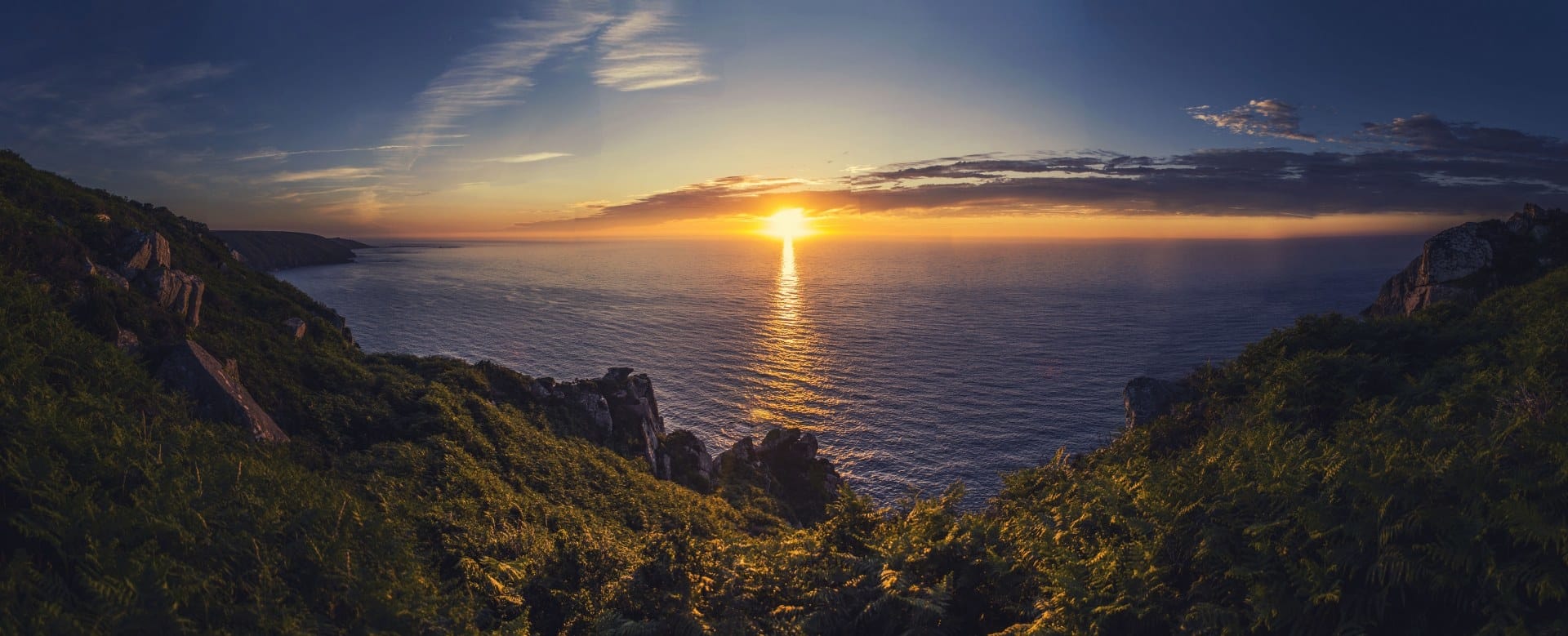
Graham spent many years of his life in Cornwall, in a time before it was crowded with visitors like today. He made close connections with his local community at Perranporth, listened to the yarns of the fishermen and miners he knew. He endured the long, stormy winters and studied the local history. Whilst I’m sure the locals would never have accepted him as a proper local (we can be a funny bunch!), he developed a deep understanding of the county’s people, its culture and heritage.
Although the accounts of the novels are, of course, fictional, they are largely historically accurate. Some of the debacles featured in the novels were in fact based on minor local events, as well as major historical events forming the backdrop. For example, the American War of Independence, or the proliferation of Methodism during 18th century Cornwall.
Set in the late 1700s, this was the start of the ‘golden age’ of Cornish mining. Some of the workings we visit on our trips date from this period, so on one of our underground tours, you will be able to vividly imagine what life would have been like for Ross Poldark and his adventurers working underground at Wheal Leisure. You’ll also be able to see a stark contrast between the character of workings from this period, compared with the more ‘modern’ workings of the eighteenth century.
9. Learn From a Professional and Do It Properly
Exploring abandoned mines certainly can be a very dangerous undertaking. So, that’s why we invite you to join our qualified instructors to enjoy this activity safely. We are the only providers of mine exploration activities in the south of England. As well as being ultra-experienced mine explorers and mining history enthusiasts, we are fully qualified mine leaders.
We strongly advise against ever venturing into an abandoned mine by yourself, without the relevant experience and equipment. Abandoned mines can hold all sorts of dangers, many of which are not immediately obvious to the untrained eye. And should something go wrong, self-rescue may be impossible. That’s where we come in. We are here to allow you to safely experience this exciting activity in total safety with our experienced team.
For many of our visitors, a trip underground may be a one-off experience. But nothing would please us more to hear that you may have got the bug and want to learn more about mine exploration of caving in your local area. We are more than happy to give advice on how to get started in this exciting sport, and may be able to point you in the direction of local clubs and groups active in your region.
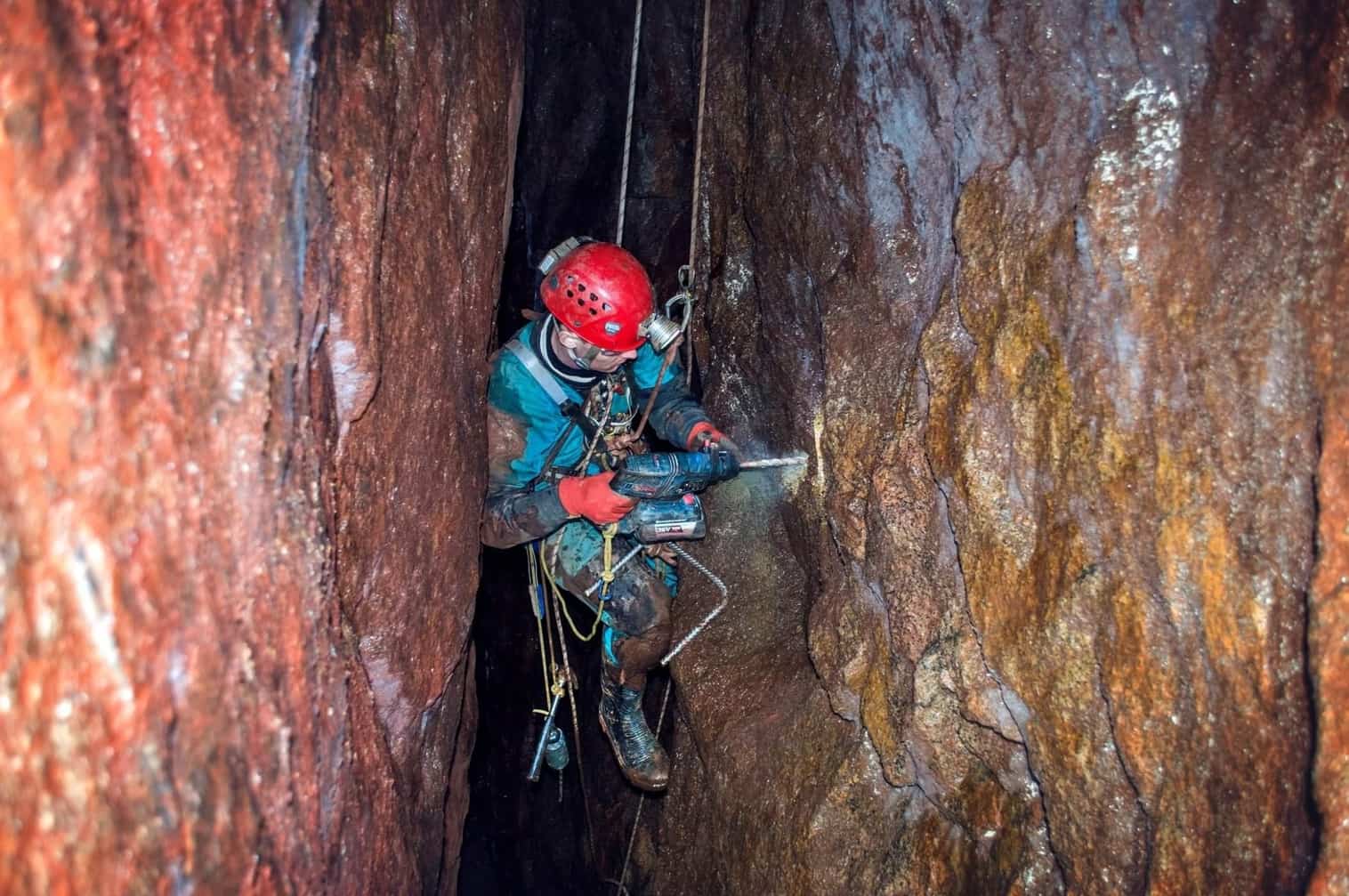
10. A Once in a Lifetime Experience
To conclude, in case you haven’t got the message already, we strongly feel that an adventure in a Cornish tin mine is a must-do if you are visiting Cornwall. Whilst we accept that for many of you, this may be a one-time thing only, the feedback from our guests so far has been extremely positive.
Most of them say that the trip far exceeded their expectations. If you’re not convinced you’ll find various testimonials on the pages of our website, as well as having some great reviews on our TripAdvisor page.
As well as providing just the right amount of challenge and fun, everyone learns loads about Cornwall’s mining history that they didn’t know previously. As your guides, we hope that we can provide an answer to pretty much any question you may throw at us during your trip. All whilst keeping you safe and making sure you’re having a thrilling underground adventure.
Bucket lists are all the rage these days. Having a list of goals you’d like to accomplish can help you grow as you face new experiences and challenges. Put ‘Taking a Trip into a Cornish Mine’ on yours!
You know where to find us!
Sources: ‘Botallack’ by Cyril Noall


